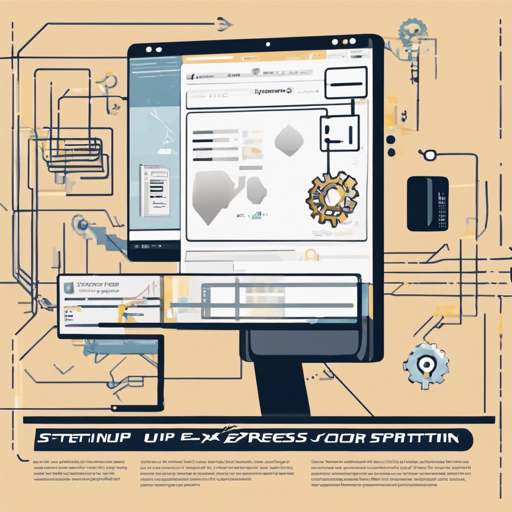Welcome to the exciting world of web development with Node.js! This guide is designed to take you through the steps of using the Express Starter boilerplate, which is specifically tailored for use with relational databases, notably PostgreSQL. We’re here to ensure that you can hit the ground running and focus on building amazing things!
Why Choose Express Starter?
If you’ve ever felt overwhelmed by the plethora of options, you’re not alone. Many developers gravitate towards MEAN stacks that utilize MongoDB. However, Express Starter caters specifically to those who prefer relational databases, offering you the best of both worlds: the power of Node.js and the robust structure of an RDBMS.
Features of Express Starter
- Secure local authentication using passwords
- OAuth authentication through popular platforms (Facebook, Twitter, Google, etc.)
- MVC project structure for better organization
- CSRF protection to enhance security
- API examples for ease of implementation
- Email services powered by SendGrid or Mailgun
Getting Started
Let’s take the plunge into setting up your Express Starter application! Follow these simple steps:
- Clone the repository:
git clone https://github.com/yhnavein/express-starter.git myprojectcd myprojectgit remote rm originnpm install -dnode app.jsHow to Handle Sensitive Data
It is critical to store sensitive data like API keys securely. Express Starter utilizes the dotenv package. Create a .env file in the root directory with your environment variables in the following format:
SESSION_SECRET=YourSessionSecretGoesHereThen, make sure to add .env to your .gitignore file to avoid exposing your secrets!
Understanding the Application Structure
Imagine your project as a well-organized library. Each section has its purpose:
- config: Holds configuration files like
passport.jsfor user authentication. - controllers: Manages the application logic and interacts with the models.
- models: Represents your database structures.
- views: Contains the templates for rendering HTML responses.
- public: Where all your static assets like images, scripts, and stylesheets reside.
Troubleshooting Common Issues
-
Error 403: Forbidden when submitting a form? Ensure you’ve added the necessary CSRF token in your forms:
<input type="hidden" name="_csrf" value="<%= _csrf %>" /> -
Deployment Errors? Double-check your
secrets.jsfor database URIs as they may differ in production. Remember, what works locally won’t always function the same when deployed!
For more insights, updates, or to collaborate on AI development projects, stay connected with fxis.ai.
Wrapping Up
With these fundamentals, you’re now equipped to tackle your projects using Express Starter. Remember, understanding your tools is key to becoming a proficient developer.
At fxis.ai, we believe that such advancements are crucial for the future of AI, as they enable more comprehensive and effective solutions. Our team is continually exploring new methodologies to push the envelope in artificial intelligence, ensuring that our clients benefit from the latest technological innovations.

